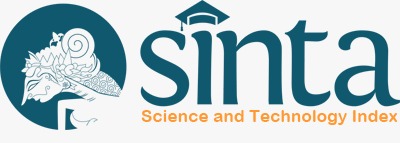RELATIONSHIP BETWEEN GREEN BONDS AND OTHER FINANCIAL ASSETS: A BIBLIOMETRIC ANALYSIS
DOI:
https://doi.org/10.31937/akuntansi.v16i2.3710Abstract
Abstract - Green bonds have evolved in line with the aspirations of the economy. Green bonds, an initiative of economies to innovate and sustainably transform their financial systems, have drawn the attention of academics and policymakers due to the growing global concern for environmental protection, climate change mitigation, and adaptation. The purpose of this study is to investigate the development and scholarly evolution of the Green Bond idea through bibliometric analysis. A survey of academic literature from 2016 to 2024 (May) was conducted using the Scopus database. Intellectual structure and bibliographic analysis of the selected articles were conducted using R-Packages software and WebInterface Biblioshiny. The journals used in this study are Scopus-indexed journals, which are searched using the keywords green bond, cointegration, transmission, and spillover. The results showed that the theme of green bonds is exciting to research because it has increased yearly. France became the most researched country and produced 24 frequencies of articles. The most productive country with the most citations is China, which has 663 citations. Previous studies have found a spillover transmission from the financial asset market to the green bond market. This suggests that volatility in financial markets will spill over and affect the green bond market. This research can be used as an investment decision-making strategy, especially in building an investment portfolio.
Keywords: Bibliometrix; Green Bond; Green Finance; Scopus; Spillover.
Downloads
Downloads
Published
How to Cite
Issue
Section
License
Authors retain copyright and grant the journal right of first publication with the work simultaneously licensed under a Creative Commons Attribution-ShareAlike International License (CC-BY-SA 4.0) that allows others to share the work with an acknowledgement of the work's authorship and initial publication in this journal.
Authors are able to enter into separate, additional contractual arrangements for the non-exclusive distribution of the journal's published version of the work (e.g., post it to an institutional repository or publish it in a book), with an acknowledgement of its initial publication in this journal.
















